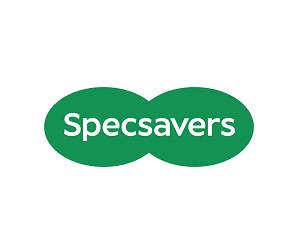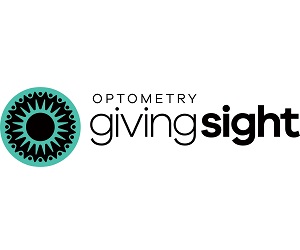
In the ever-evolving landscape of eye care, the collaboration between optometrists and opticians has emerged as a powerful strategy to enhance patient care, streamline operations, and boost practice efficiency. This synergistic relationship not only benefits the professionals involved but also significantly improves the overall patient experience.
The Collaborative Advantage:
Enhanced Patient Care
When optometrists hire opticians for their practices, they create a comprehensive and dynamic eye care team that can address a wider range of patient needs. Optometrists can focus on conducting eye exams, diagnosing conditions, and prescribing treatments, while opticians can expertly handle the fitting, adjusting, and dispensing of eyewear. This division of labour ensures that patients receive specialized attention at every stage of their eye care journey.
Improved Efficiency
In practices that have implemented a collaborative model, optometrists consult with an optician while the patient is still in the examination chair. This real-time collaboration saves patients time and allows for more informed decision-making. For instance, an optometrist might seek an optician’s advice on whether a specific lens would be suitable for a particular prescription, ensuring the best possible outcome for the patient.
Faster Referrals and Problem-Solving
Opticians who are part of a collaborative care team can provide quicker referrals when patients need immediate attention from an optometrist. This established relationship within the practice allows for faster diagnosis and treatment, potentially reducing patient discomfort and improving outcomes.
Professional Growth and Learning:
Continuous Education
A collaborative environment provides ongoing learning opportunities for both optometrists and opticians. Optometrists can stay updated on the latest lens technologies and fitting techniques from their optician colleagues, while opticians can deepen their understanding of eye health and vision science. This mutual exchange of knowledge enhances the overall expertise of the practice.
Specialization and Niche Development
By working together, optometrists and opticians can develop specialized services that set their practice apart. For example, an optician with expertise in complex fittings or specialty lenses can complement an optometrist’s clinical skills, allowing the practice to offer unique solutions to patients with challenging vision needs.
Business Benefits:
Increased Practice Efficiency
The merging of optometric and optical services under one roof creates significant savings on overhead costs and improves operational efficiencies. Administrative staff can be shared, and cross-training becomes possible, leading to a more flexible and resilient practice structure.
Expanded Patient Base
A collaborative practice can attract a wider range of patients. Optometrists can focus on building relationships with patients requiring medical eye care, while opticians can excel in serving those primarily interested in eyewear and fashion. This diversification can lead to increased patient retention and word-of-mouth referrals.
Competitive Advantage
Independent optometric practices that incorporate skilled opticians can better compete with corporate eye care providers. The combination of personalized care, medical expertise, and optical knowledge creates a compelling value proposition for patients seeking comprehensive eye care services.
Implementing Successful Collaboration:
Clear Role Definition
For a collaborative practice to thrive, it’s essential to clearly define the roles and responsibilities of each team member. Optometrists should focus on areas requiring their specific medical training, while opticians should be empowered to manage optical dispensing and related services.
Effective Communication
Open and frequent communication between optometrists and opticians is crucial. Regular team meetings, in-office communication systems, shared patient management systems, and a culture of mutual respect foster an environment where collaboration can flourish.
Shared Vision and Goals
Aligning the practice’s vision and goals ensures that both optometrists and opticians are working towards the same objectives. This shared purpose can drive innovation, improve patient care, and contribute to the overall success of the practice.
Future of Optometrist-Optician Collaboration
As the eye care industry continues to evolve, the collaboration between optometrists and opticians is likely to become even more critical. Advances in technology, changing patient expectations, and the increasing complexity of eye care services will require a
team-based approach to deliver the highest quality of care.
By embracing this collaborative model, optometrists can create practices that are not only more efficient and profitable but also better equipped to meet the diverse needs of their patients. The synergy between optometrists and opticians represents a forward-thinking approach to eye care that benefits professionals and patients alike.

DR. TREVOR MIRANDA
Dr. Miranda is a partner in a multi-doctor, five-location practice on Vancouver Island.
He is a strong advocate for true Independent Optometry.
As a serial entrepreneur, Trevor is constantly testing different patient care and business models at his various locations. Many of these have turned out to be quite successful, to the point where many of his colleagues have adopted them into their own practices. His latest project is the Optometry Unleashed podcast.
















